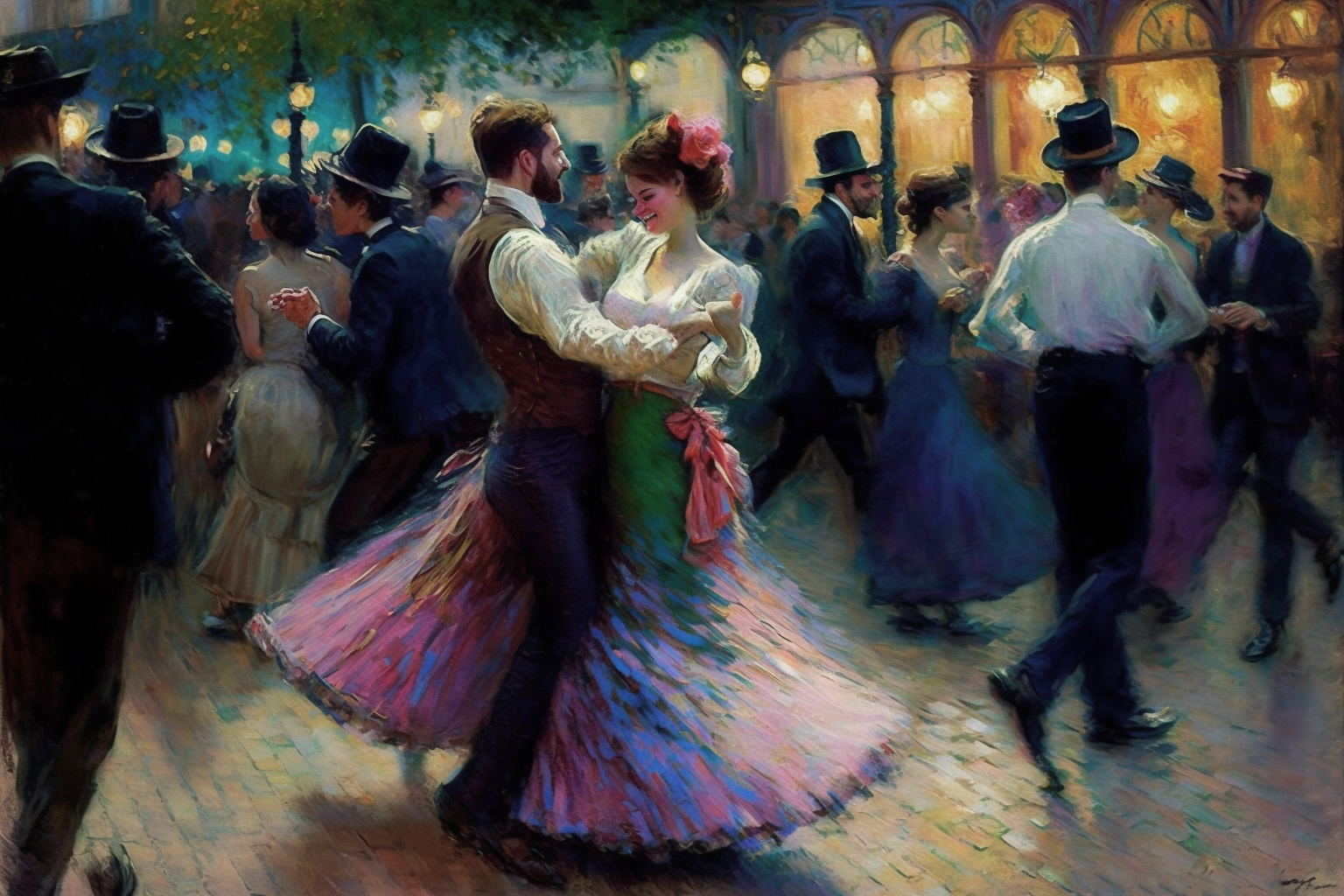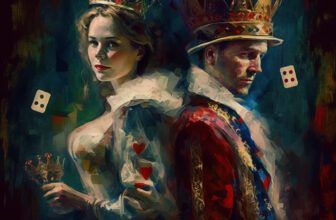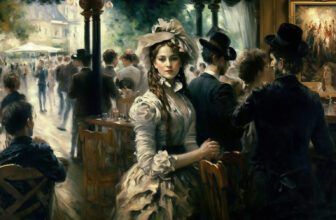
Original Artwork Digital Mix Ai
The Dancer Painting
About The Dancer Painting
The Ephemeral Beauty of Movement: Exploring “The Dancer” Painting
In the realm of visual arts, certain masterpieces transcend their canvas to capture the essence of human experience. One such work, simply titled “The Dancer,” evokes the ephemeral beauty of movement and the timeless allure of dance. Created by an anonymous artist, this painting embodies the grace, passion, and dynamism of the dancer, inviting viewers on a journey of exploration through the language of motion and emotion.
At first glance, “The Dancer” appears to freeze a fleeting moment in time, immortalizing the dancer mid-performance. With her body arched in a graceful curve and her arms outstretched in an elegant gesture, she exudes a sense of poise and confidence. The artist’s brushstrokes capture the fluidity of her movements, as if she were suspended in a state of perpetual motion, defying the constraints of time and space.
But beyond its surface beauty, “The Dancer” painting also invites viewers to delve deeper into the emotional and psychological dimensions of dance. As the dancer’s gaze meets ours, we are drawn into her world, where passion and vulnerability coexist in perfect harmony. Through her artistry and expression, she communicates a range of emotions – from joy and ecstasy to longing and melancholy – inviting us to share in the richness of her experience.
One of the most striking aspects of “The Dancer” painting is its ability to evoke a visceral response in the viewer, transcending language and logic to communicate on a deeper, more intuitive level. Through the subtle interplay of light and shadow, color and form, the artist creates a sense of immediacy and intimacy that draws us into the world of the dancer. Whether viewed up close or from a distance, the painting exudes a sense of energy and vitality that resonates with the viewer long after they have left the gallery.
The dancer herself becomes a symbol of the human spirit – resilient, expressive, and endlessly adaptable. Through her artistry and athleticism, she embodies the triumph of the human will over adversity, inspiring us to embrace life’s challenges with grace and determination. In this way, “The Dancer” painting becomes more than just a representation of physical movement; it becomes a celebration of the human capacity for creativity and resilience.
In addition to its emotional resonance, “The Dancer” painting also serves as a meditation on the nature of beauty and impermanence. Like a flower in bloom or a bird in flight, the dancer’s performance is a fleeting moment of transcendent beauty, destined to fade into memory as quickly as it appeared. Yet, in that brief moment of grace, she leaves an indelible mark on our hearts and minds, reminding us of the profound power of art to elevate the human spirit and enrich our lives.
Throughout history, dance has served as a universal language, transcending cultural boundaries and communicating the deepest truths of the human experience. From the ancient rituals of tribal cultures to the sophisticated choreography of classical ballet, dance has been a source of inspiration and wonder for countless generations. “The Dancer” painting pays homage to this rich tradition, capturing the essence of dance in all its glory and complexity.
In conclusion, “The Dancer” painting stands as a testament to the enduring power of art to move, inspire, and transform. Through its evocative portrayal of movement and emotion, it invites viewers on a journey of exploration through the language of dance and the mysteries of the human heart. As we gaze upon this luminous masterpiece, we are reminded of the timeless allure of dance and the eternal quest for beauty and meaning that unites us all.





